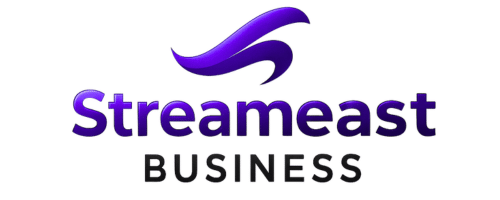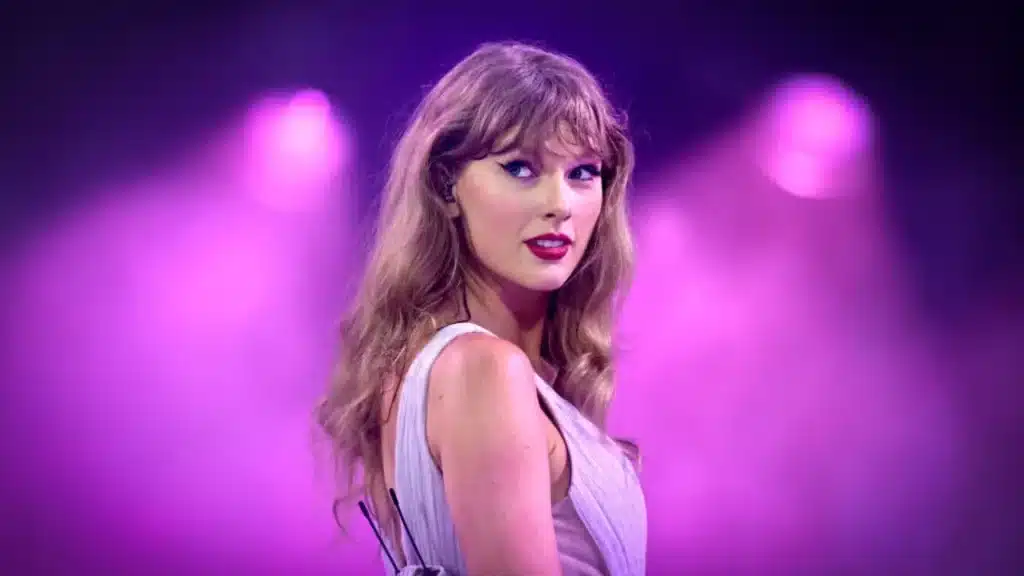TL;DR
Recent online discussions suggested that parts of Taylor Swift‘s promotional visuals might involve artificial intelligence. There’s no official confirmation, but the debate raises important questions about AI’s growing influence in music, marketing, and creativity.
1. What Sparked the Taylor Swift AI Discussion
In late 2025, a series of online videos connected to Taylor Swift’s new album campaign began circulating. Fans noticed some visual effects and editing styles that felt unusually smooth or digitally enhanced, leading to speculation that AI tools might have been used in production.
Swift’s team hasn’t issued a statement confirming or denying any AI use, and most reports treat the idea as an open discussion rather than a verified fact. Still, the topic quickly gained traction because it reflects the wider conversation about technology and artistry.
2. How AI Appears in Creative Production Today
Modern music videos often use advanced editing tools that blend CGI, motion graphics, and sometimes AI-powered features such as automated color correction or visual enhancement. These don’t necessarily replace human creativity—they expand what’s possible in post-production.
Experts explain that AI can:
- Help with visual effects and lighting adjustments.
- Generate concept designs or creative drafts.
- Automate tedious editing steps while keeping artistic control human-led.
So, even if AI tools were used in small ways, it would be part of the normal evolution of production technology—not a deception or controversy.
3. Why Fans Reacted Strongly
Taylor Swift’s audience values authenticity and emotional connection. When new technologies appear, especially AI, they can raise questions about what is “real” in art.
Fans often express concern that AI could make art feel less personal. Others believe it’s just another creative tool—no different from using digital instruments or advanced camera filters.
This emotional reaction shows how deeply technology and identity are now linked in modern pop culture.
4. The Bigger Picture: AI and the Music Industry
The Taylor Swift discussion mirrors a much larger shift happening across entertainment:
- Music Creation: AI tools can assist in composing melodies, mixing tracks, and mastering sound.
- Marketing: Brands use AI to design visuals, social posts, and promotional campaigns faster.
- Rights & Ownership: Artists and lawmakers are working to define rules around AI-generated media to protect creativity and identity.
Instead of replacing musicians, AI is becoming part of the creative toolkit. The real challenge is maintaining transparency—letting audiences know when AI plays a role.
5. Ethical & Artistic Balance
The safest and most effective approach for artists is transparency. Acknowledging when AI contributes to production builds trust with audiences and prevents misunderstanding.
In many ways, this moment is less about controversy and more about reflection: how can technology serve art without overshadowing it?
Swift’s situation shows that society is learning to adapt to AI-enhanced creativity while preserving authenticity and emotional impact.
6. What This Means for the Future
The discussion around “Taylor Swift AI” highlights a new cultural reality: audiences are now part of the conversation about creative technology. Artists who communicate clearly about their tools—AI or not—will likely strengthen fan loyalty.
For the music industry, this means new guidelines, ethical standards, and more honest storytelling about how songs, visuals, and campaigns are made.
Frequently Asked Questions
1. Did Taylor Swift officially confirm using AI in her videos?
No. There’s no official confirmation or denial. The discussions online are based on observations by fans and commentators. So far, neither Taylor Swift nor her team has made a public statement verifying the use of AI in her promotional content.
2. Why are people linking Taylor Swift’s videos with AI?
Some viewers noticed digital visuals and editing styles that looked highly polished or synthetic, leading to speculation that AI tools might have been used. These effects can also be created with normal visual editing or CGI, so it remains an open topic rather than a proven fact.
3. Is AI commonly used in the music and entertainment industry?
Yes. Many music producers, video directors, and marketing teams use AI tools today. AI helps with things like color correction, video transitions, background generation, and even writing assistance. However, creative direction and final approval are still completely handled by humans.
4. Does using AI make an artist’s work less authentic?
Not necessarily. AI is simply a creative tool — much like digital instruments or photo editing software. What matters most is the artist’s intention and message. When used transparently, AI can actually enhance creativity rather than replace it.
5. What does this situation teach us about the future of art and AI?
It shows that audiences value honesty and transparency. As AI becomes more common, creators who clearly communicate how they use technology will build stronger trust with their fans. The future of art will likely combine human creativity with responsible AI use, ensuring that authenticity remains at the heart of every project.



